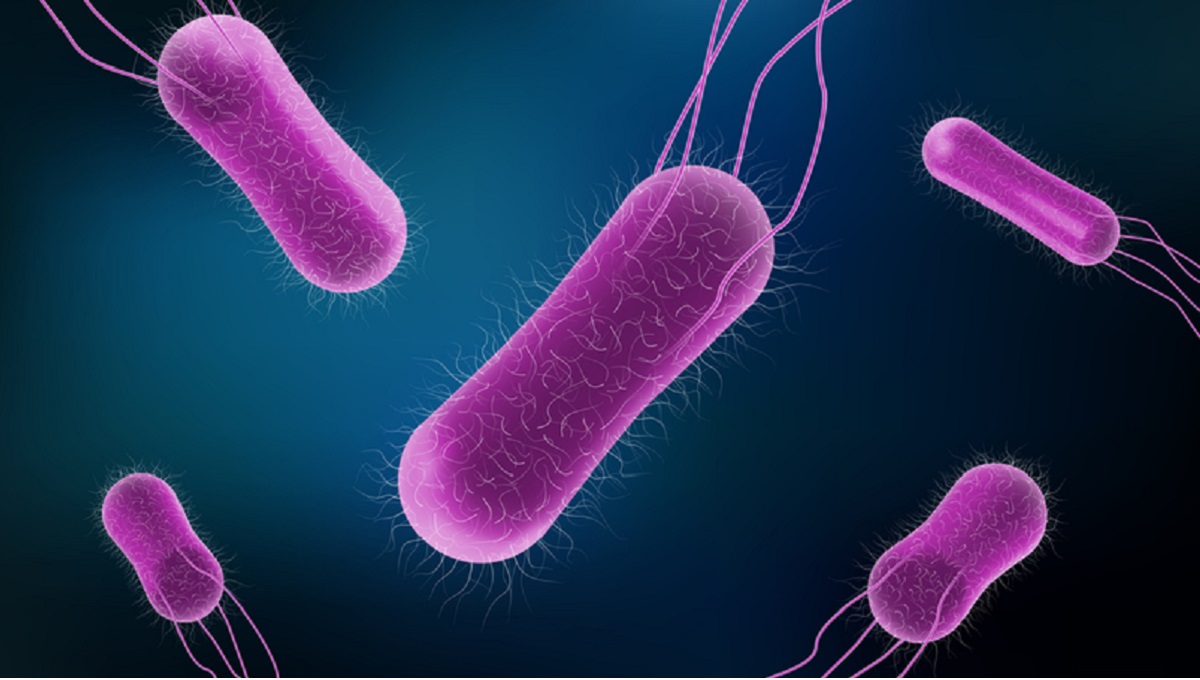The relationship between living standards and incidence of infection in the United Kingdom varies by pathogen, according to scientists.
A study analyzed the association between socioeconomic deprivation and incidence of IID by certain gastrointestinal pathogens reported to the UK Health Security Agency (UKHSA).
Infectious intestinal disease (IID) is an infection of the gastrointestinal tract that causes gastroenteritis. While most cases are mild, some people have to miss work or school because of symptoms and for particular pathogens, public health measures require the exclusion of those in certain groups, such as food handlers, from work.
Data covers 2015 to 2018 for lab confirmed Salmonella, Campylobacter, Shigella, Giardia species, and norovirus infections. Findings were published in the journal of Epidemiology and Infection.
Pathogen variation
Campylobacter and Giardia decreased with increasing deprivation. However, the incidence of norovirus, non-typhoidal Salmonella, Salmonella typhi/paratyphi, and Shigella species increased with higher deprivation.
There were 314,381 patients reported during the 4-year study period, of which 167,299 were male and 59,827 were children.
Almost 250,000 cases lived in urban areas, and 4 percent reported travelling outside the UK within seven days of symptom onset.
About two-thirds of patients were infected with Campylobacter, 6 percent each with Giardia and Cryptosporidium, 8 percent each with norovirus and Salmonella, and 3 percent each with Salmonella typhi/paratyphi, and Shigella.
There was a clear trend of decreasing likelihood of a laboratory report with all IID pathogens with increasing deprivation, said researchers. They acknowledged that use of national surveillance data results in a dataset that over-represents pathogens such as Campylobacter and under-represents the true burden of norovirus infection in the community.
Results by mode of transmission
For pathogens most frequently associated with foodborne transmission, including Campylobacter and Salmonella, the incidence was lower in areas of higher deprivation.
“Our results could be influenced by the fact that individuals who consume fast foods, travelers to low- and middle-income countries, as well as those who live in rural areas and have regular contact with livestock have increased risk of Campylobacter infection,” said scientists.
For waterborne pathogens, like Giardia, incidence was lower in regions of higher deprivation, even after accounting for rural and urban differences.
For pathogens transmitted by person-to-person contact, such as norovirus, Shigella species, and Salmonella typhi/paratyphi, incidence was higher in more deprived neighborhoods.
Infections most strongly associated with areas of increasing deprivation were those transmitted by person–person contact. This form of transmission can be contained by implementing policies targeting over-crowding and poor hygiene, said researchers. Those transmitted by zoonotic contamination of the environment were least likely to be associated with poorer areas.
(To sign up for a free subscription to Food Safety News, click here)

